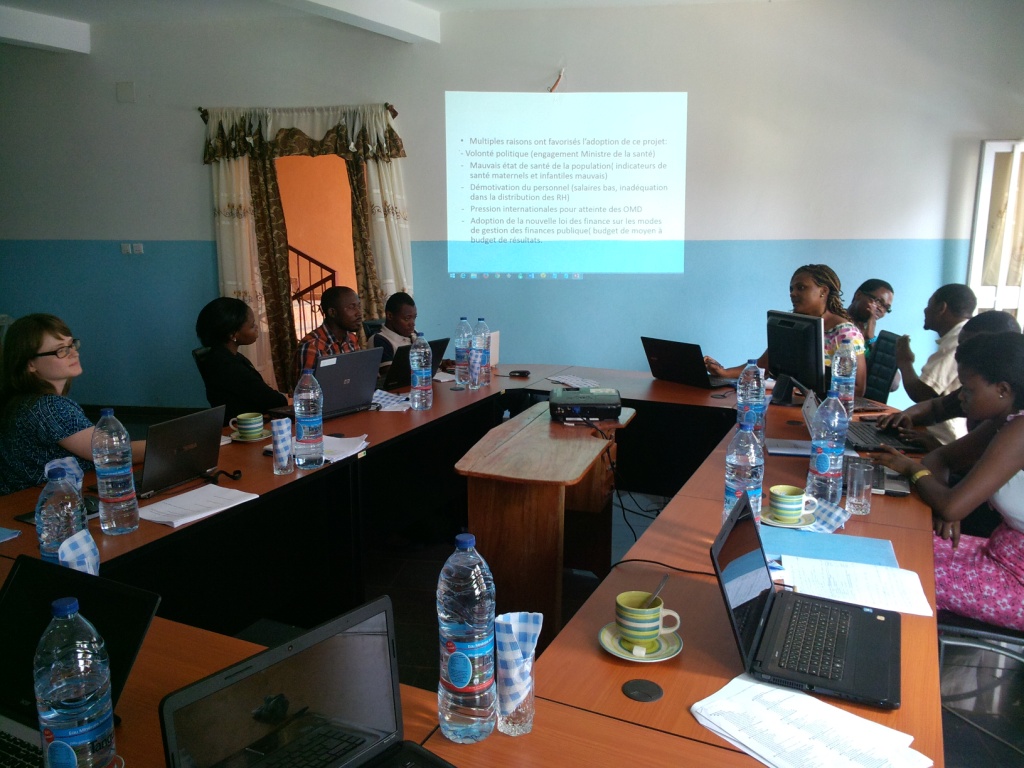
Access to antiretroviral therapy (ARV) for HIV treatment is increasing significantly all
over the world but still marred by age-related disparities.
Indeed, 41% of adults eligible for ARVs actually receive treatment, compared to only 31%
of children aged below 15 years (UNAIDS, 2015).
This disparity is even more pronounced in
Cameroon, where ARV coverage for children
aged 0 to 15 years is only about 10% compared
with 28% for adults. This discrepancy is linked to
the lack of a real strategy to better identify and
enroll HIV-infected children into care. To reduce
this gap, the ASPA project aims at promoting a
new strategy for identification and enrollment of
HIV-infected children and adolescents into HIV
treatment and this through the active case finding approach.
The ASPA project aims in 24 months (January 2016 to December 2017) to :
1. Sensitize and educate at least 5,000 parents
living with HIV / AIDS in project sites on the
need to screen their children for HIV / AIDS;
2. Screen at least 5,000 children and adolescents (0-19 years) in project sites;
3. Enroll at least 200 children and adolescents
on ARV treatment in project sites.
4. Distribute at least 15 tons of foodstuffs to
orphans and vulnerable children (OVC) in care at project sites.
1. Children and adolescents whose parents are infected with HIV;
2. Children and adolescents seen in outpatient departments of health facilities ;
3. Orphans and vulnerable children (OVC)in care in project sites.
1- The targeted strategy (tPITC)which offers systematically HIV screening to children (0-19 years) of parents living with HIV / AIDS in the project sites. In this strategy, parents are given the option to test their children in the hospital or at home (community homebased screening).
2- The blanket strategy (bPITC) which systematically proposes HIV / AIDS testing to all children seen in outpatients department in health facilities.
The ASPA project is implemented in the following hospitals: Limbe Regional Hospital (South west), Abong-Mbang District Hospital (East), Ndop District Hospital (North West) and Batibo District Hospital (North West).
He has extensive experience in maternal & child health programming, management, health system strengthening and research in Sub-Saharan Africa.
PhD research follow. He is the Health Program Coordinator at R4D International. He has accumulated experience in public health program implementation and operational research over the past 5 years.
He is the administration and Finance Officer in R4D International